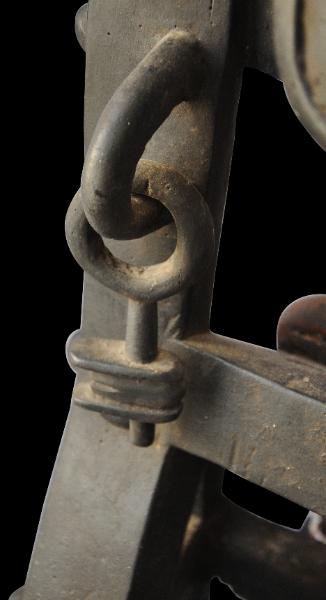
Akan Chief Figure, Ghana
Ancestral Altar Chief Figure
Akan, Ghana
before 1930
height: 70cm, width: 39cm, depth: 48cm
This extraordinary figure of an Akan chief was probably made to adorn a private altar. It is remarkable for its size, arresting presence, and the fact that it has been carved, in its entirety, from a single piece of wood. Dating to the 1930s or before when it was brought to the UK, it shows an Akan chief seated on a traditional chief’s or noble’s chair (an asipim chair).
The chief sits upright on the chair and away from the chair’s back. He has a long face with a jutting jaw, a well defined mouth and eyes, small scarifications on his cheeks, a prominent hairstyle, an extended navel and genitalia, carved upper arm bands, and typically Akan chief’s sandal footwear, the straps of which are decorated with prominent button finials. The skin is coloured with warm brown shades and the chair and sandals are in black ochre. He has an old segment of woven textile around his forehead and strings of glass beads around his neck, right wrist and left ankle. The beads and textile appear to be contemporary with the statue.
The textile is either Asante kente or Ewe keta cloth. Both groups wove cotton and silk fabrics in this style.
The beads and the textile are all traditional Ghana materials consistent with the Ghanaian origin of the image. Beads similar to those on this figure are illustrated in Grootaers & Eisenburger (2002, p. 353.) According to Grootaers & Eisenburger, such beads were made in southern Ghana by pouring powdered glass into clay moulds which had openings cut into them. A stick was poked into the middle to keep the hole open. The moulds were then baked in a kiln. The temperatures of the kilns were relatively low and so the resulting beads were opaque and tended to have a grainy surface.
The throne or asipim chair is decorated with the usual implied studs and finials on the back rest, along with cross-hatching across the curved top of the backrest. The backrest itself is vertical rather than sloping backwards. Instead, it is the seat that is sloped. Scanzi (2010, p. 90) illustrates an earlier Akan male figure that is seated on an asipim chair that similarly has a seat that slopes away.
Also unusually, the back of the chair is decorated with two prominent hooks from which a carved wooden lock and a carved wooden key swing freely, which is quite a considerable achievement on the part of the carver given that the entire affair has been carved from a single piece of wood. The significance of the key and padlock is entirely unclear.
The figure is reminiscent of smaller Akan mother and child figures, often shown seated on an asipim chair. See Cole & Ross (1997, p. 109, 110) for examples which include the mother figure wearing the same footwear as the chief figure here. Male Akan figures are relatively rare however.
The figure is most likely an altar, funerary or memorial statue. Cole & Ross (p. 116) illustrate a male figure seated on a stool which is ascribed to the Ewe and which is said to have been found on a grave. The more naturalistic features of the Cole & Ross example suggest a later dating than for the example here.
See lot 49, Sotheby’s, ‘Tribal Art’, London, 27 June 1994, for an example of a similar seated figure but of smaller size (55cm tall, est: £10,000-£15,000).
The item has clear and obvious age. The ochres used to colour the figure and chair have become soft and lustrous with time. The top of the chair has smooth patina from handling. There are the usual wood worm holes here and there but not excessively so. There are no major cracks, chips, losses or repairs. Overall, this is an extraordinary piece with very great presence.
References
Cole, H. M. & D. H. Ross, The Arts of Ghana, Regents of the University of California, 1977.
Falgayrettes-Leveau, C., et al, Ghana: Hier et Aujourd’hui/Yesterday and Today, Musee Dapper, 2003.
Gillow, J., African Textiles: Colour and Creativity Across a Continent, Thames & Hudson, 2003.
Grootaers, J. L. & I. Eisenburger, Forms of Wonderment: The History and Collections of the Afrika Museum Berg en Dal, 2002.
Scanzi, G.F., Akan: Statuary of the Cote d’Ivoire, Ed. Tribaleglobale Primary Art, 2010.
Provenance
acquired in the UK and believed to have been brought back from Africa in the early 1930s.
Inventory no.: 1596
SOLD

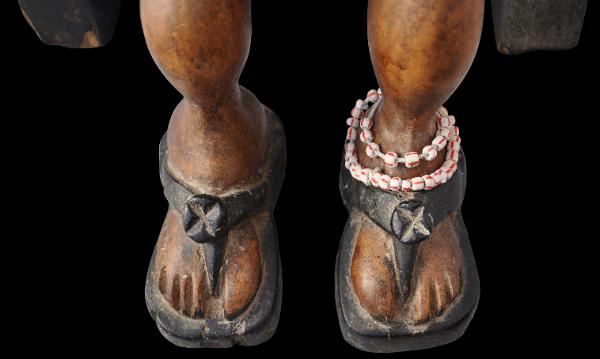
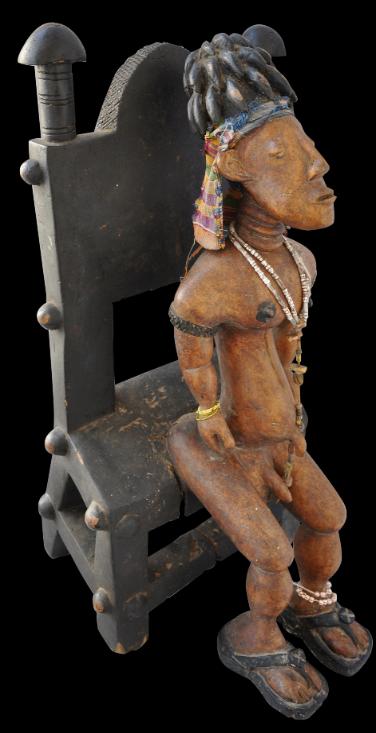
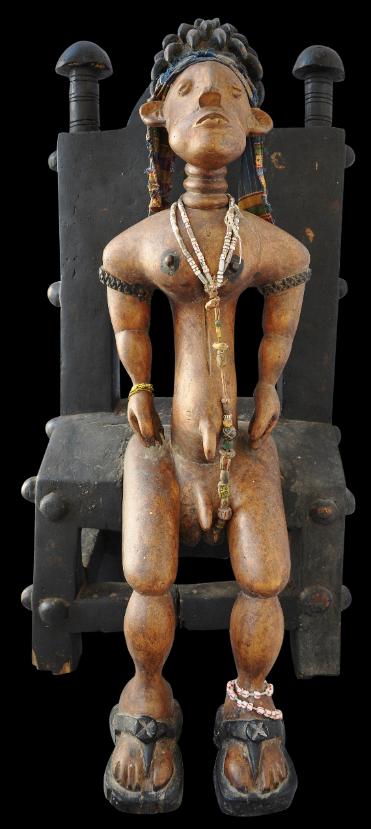
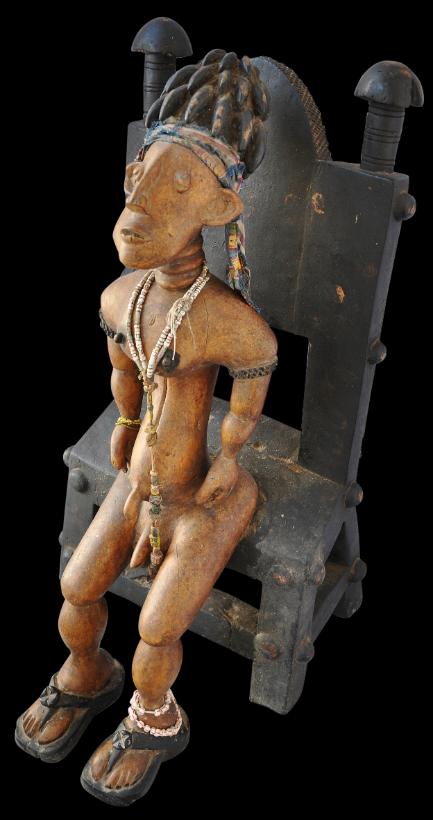
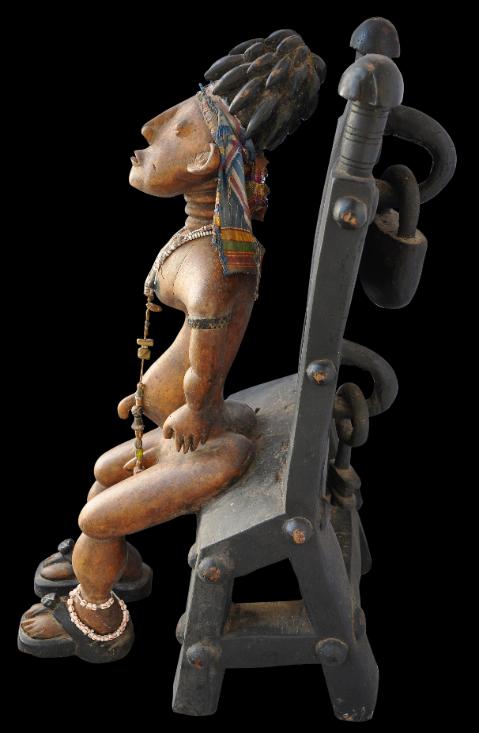
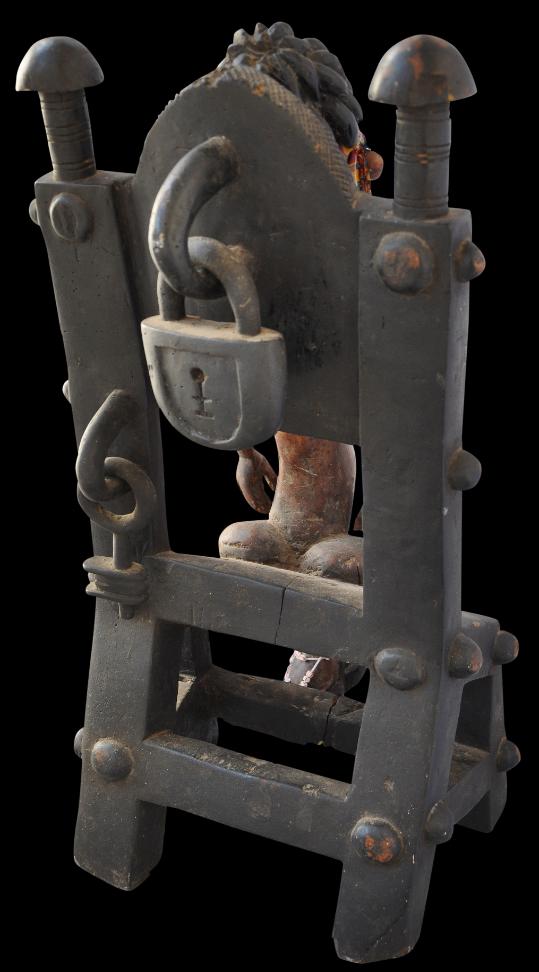
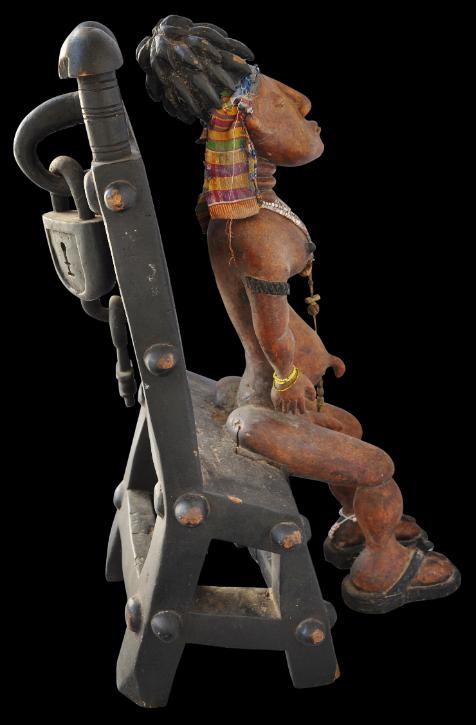
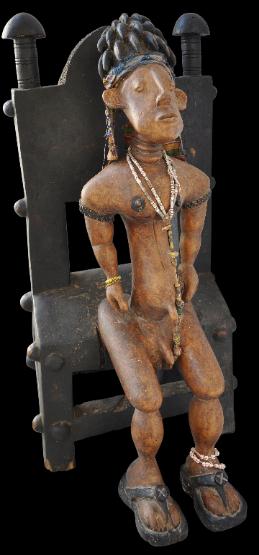
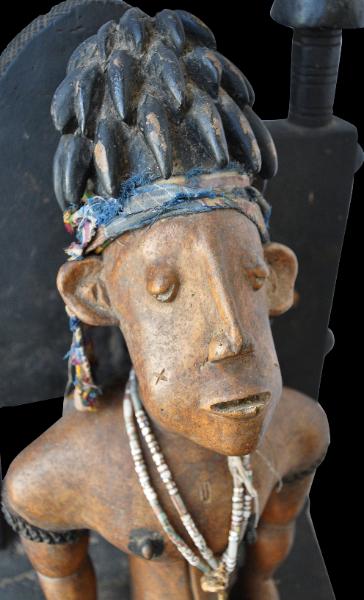
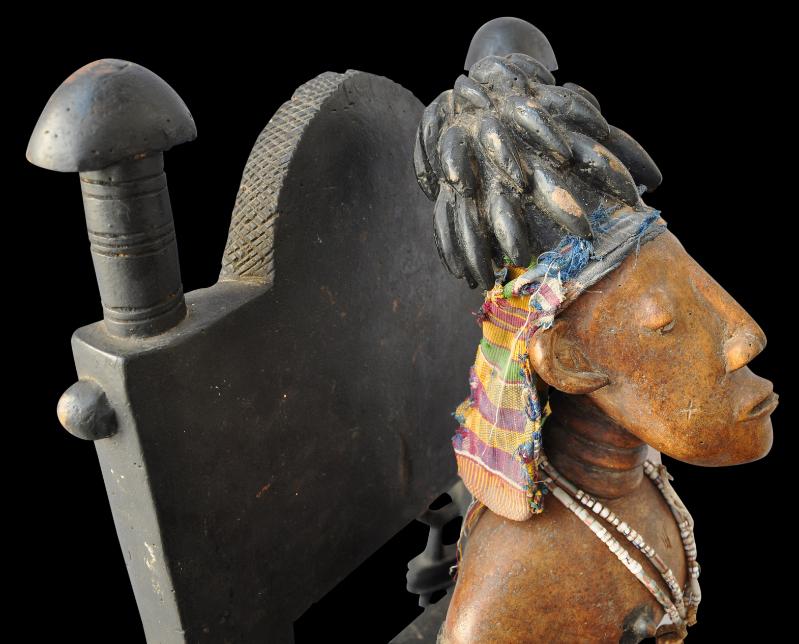
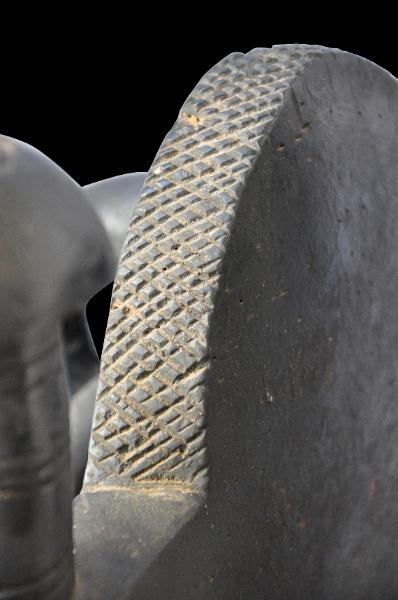
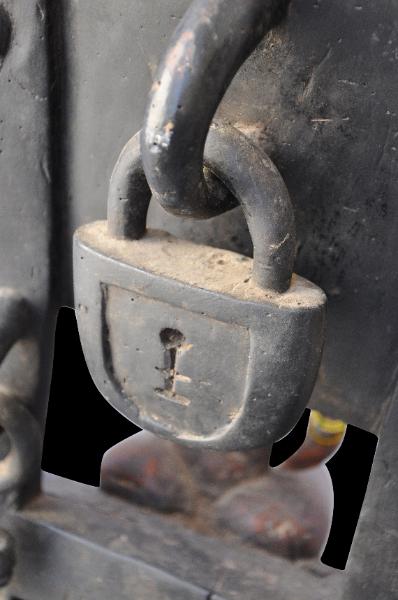
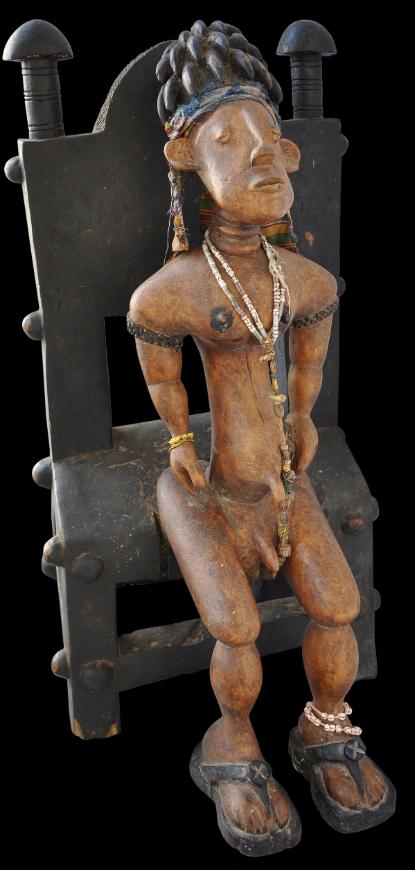
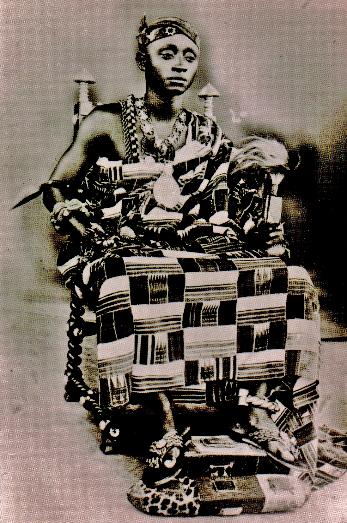
Akan chief, circa 1930. Note the Asante cloth he wears, the sandals and the asipim on which he sits.

